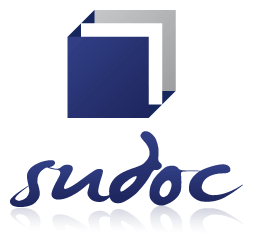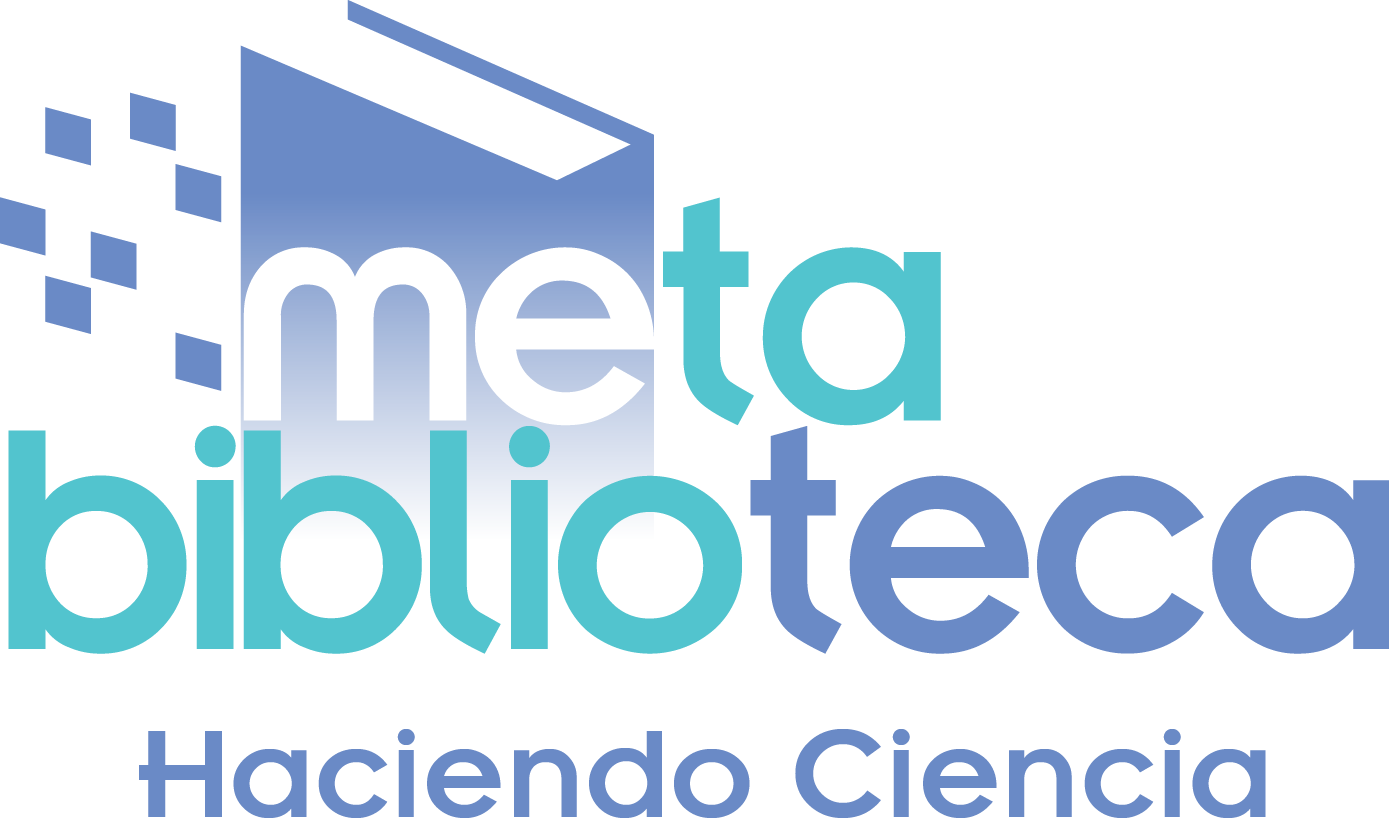Uso del plerixafor en pacientes pobres movilizadores para trasplante autólogo.
Plerixafor use in poor mobilizer patients for autologous transplant.

Cómo citar
Descargar cita

Esta obra está bajo una licencia internacional Creative Commons Atribución-NoComercial-CompartirIgual 4.0.
Mostrar biografía de los autores
El trasplante autólogo es el tratamiento estándar para pacientes con mieloma múltiple (MM) o linfoma no Hodgkin de grados intermedio o alto (LNH) con recaídas quimiosensibles, permitiendo rescatar los pacientes después de recibir quimioterapia a dosis ablativas. En Colombia, en el año 2012 se realizó 1 trasplante por 100 mil habitantes (435 pacientes entre autólogos y alogénicos), siendo un país con bajo promedio de trasplantes per capita. Objetivo: describir las características clínicas y desenlaces de pacientes pobres movilizadores sometidos a trasplante en el Centro Médico Imbanaco de Cali y que recibieron plerixafor para un segundo intento de movilización o para realizar trasplante alogénico. Materiales y métodos: estudio descriptivo retrospectivo basado en los registros médicos del Centro Médico Imbanaco de Cali durante el período 2004 a 2015. Se tuvieron en cuenta edad, sexo, número de aféresis, demora, recolección y recuperación. Resultados: se efectuaron 207 trasplantes autólogos, 196 en adultos y 11 en niños. Dentro de los adultos, 5 pacientes (2,55%) fueron catalogados como pobres movilizadores, y de estos, 4 fueron removilizados con plerixafor más G-CSF y se hicieron 11 aféresis en los cuatro pacientes. Todos los pacientes pudieron ser llevados a trasplante autólogo recibiendo acondicionamientos convencionales, BEAM para linfomas y melfalán para el paciente con mieloma múltiple. Todos los pacientes salieron de aplasia en promedio a los 14,25 días (rango 13 a 15). Conclusiones: el plerixafor permite movilización y recolección de progenitores hematopoyéticos en pacientes ‘pobres movilizadores’, pudiendo trasplantarse. La demora en trámites administrativos pone en grave peligro la vida de los pacientes.
Visitas del artículo 311 | Visitas PDF 458
Descargas
- Philip T, Guglielmi C, Hagenbeek A, Somers R, Van der Lelie H, Bron D, et al. Autologous bone marrow transplantation as compared with salvage chemotherapy in relapses of chemotherapy-sensitive non-Hodgkin’s lymphoma. N Engl J Med. 1995;333(23):1540-5.
- Child JA, Morgan GJ, Davies FE, Owen RG, Bell SE, Hawkins K, et al. High-dose chemotherapy with hematopoietic stem-cell rescue for multiple myeloma. N Engl J Med. 2003;348(19):1875-83.
- Jillella AP, Ustun C. What is the optimum number of CD34+ peripheral blood stem cells for an autologous transplant? Stem Cells Dev. 2004;13(6):598-606.
- Tricot G, Jagannath S, Vesole D, Nelson J, Tindle S, Miller L, et al. Peripheral blood stem cell transplants for multiple myeloma: identification of favorable variables for rapid engraftment in 225 patients. Blood. 1995;85(2):588-96.
- Goterris R, Hernández-Boluda JC, Teruel A, Gómez C, Lis MJ, Terol MJ, et al. Impact of different strategies of second-line stem cell harvest on the outcome of autologous transplantation in poor peripheral blood stem cell mobilizers. Bone Marrow Transpl. 2005;36(10):847-53.
- Pasquini M, Wang Z. Current use and outcome of hematopoietic stem cell transplantation: CIBMTR summary slides [internet]. 2013. Disponible en: http://www.cibmtr.org2013.
- Instituto Nacional de Salud (INS), Dirección Redes en Salud Pública, Subdirección Red Nacional de Trasplantes y Bancos de Sangre, Coordinación Nacional Red Donación y Trasplante. Informe anual red de donación y trasplantes. 2013.
- Schmitz N, Linch D, Dreger P, Goldstone A, Boogaerts M, Ferrant A. Randomised trial of filgrastim mobilized peripheral blood progenitor cell transplantation versus autologous bone-marrow transplantation in lymphoma patients. Lancet. 1996;347:353-7.
- Gazitt Y. Comparison between granulocyte colony-stimulating factor and granulocyte-macrophage colony-stimulating factor in the mobilization of peripheral blood stem cells. Curr Opin Hematol. 2002;9(3):190-8.
- Neupogen (filgrastim) [package insert]. Thousand Oaks, CA: Amgen Inc.
- Levesque JP, Liu F, Simmons PJ, Betsuyaku T, Senior RM, Pham C, et al. Characterization of hematopoietic progenitor mobilization in protease-deficient mice. Blood. 2004;104(1):65-72.
- Schmitz N, Linch DC, Dreger P, Goldstone AH, Boogaerts MA, Ferrant A, et al. Randomised trial of filgrastim-mobilised peripheral blood progenitor cell transplantation versus autologous bone-marrow transplantation in lymphoma patients. Lancet. 1996;347(8998):353-7.
- Moskowitz CH, Glassman JR, Wuest D, Maslak P, Reich L, Gucciardo A, et al. Factors affecting mobilization of peripheral blood progenitor cells in patients with lymphoma. Clin Cancer Res. 1998;4(2):311-6.
- Socinski MA, Cannistra SA, Elias A, Antman KH, Schnipper L, Griffin JD. Granulocyte-macrophage colony stimulating factor expands the circulating haematopoietic progenitor cell compartment in man. Lancet. 1988;1(8596):1194-8.
- Ford C, Greenwood J, Anderson J, Snow G, Petersen FB. CD34+ cell adhesion molecule profiles differ between patients mobilized with granulocyte-colony-stimulating factor alone and chemotherapy followed by granulocyte-colony-stimulating factor. Transfusion. 2006;46(2):193-8.
- Fitoussi O, Perreau V, Boiron JM, Bouzigon E, Cony Makhoul P, Pigneux A, et al. A comparison of toxicity following two different doses of cyclophosphamide for mobilization of peripheral blood progenitor cells in 116 multiple myeloma patients. Bone Marrow Transpl. 2001;27(8):837-42.
- Neulasta (pegfilgrastim) [package insert]. Thousand Oaks, CA: Amgen Inc.; 2007.
- Fruehauf S, Klaus J, Huesing J, Veldwijk MR, Buss EC, Topaly J, et al. Efficient mobilization of peripheral blood stem cells following CAD chemotherapy and a single dose of pegylated G-CSF in patients with multiple myeloma. Bone Marrow Transpl. 2007;39(12):743-50.
- Hatse S, Princen K, Bridger G, De Clercq E, Schols D. Chemokine receptor inhibition by AMD3100 is strictly confined to CXCR4. FEBS Lett. 2002;527(1-3):255-62.
- Flomenberg N, Devine SM, Dipersio JF, Liesveld JL, McCarty JM, Rowley SD, et al. The use of AMD3100 plus G-CSF for autologous hematopoietic progenitor cell mobilization is superior to G-CSF alone. Blood. 2005;106(5):1867-74.
- Stiff PJ, Micallef I, Nademanee AP, Stadtmauer EA, Maziarz RT, Bolwell BJ, et al. Transplanted CD34(+) cell dose is associated with long-term platelet count recovery following autologous peripheral blood stem cell transplant in patients with nonHodgkin lymphoma or multiple myeloma. Biol Blood Marrow Transpl. 2011;17(8):1146-53.

















